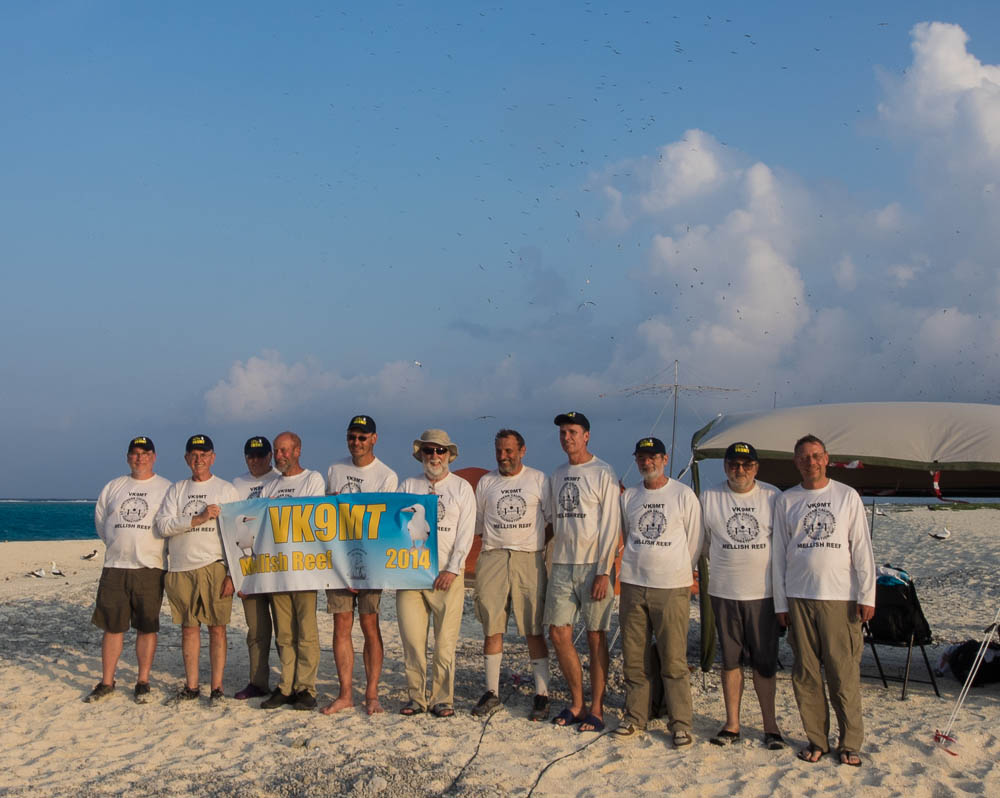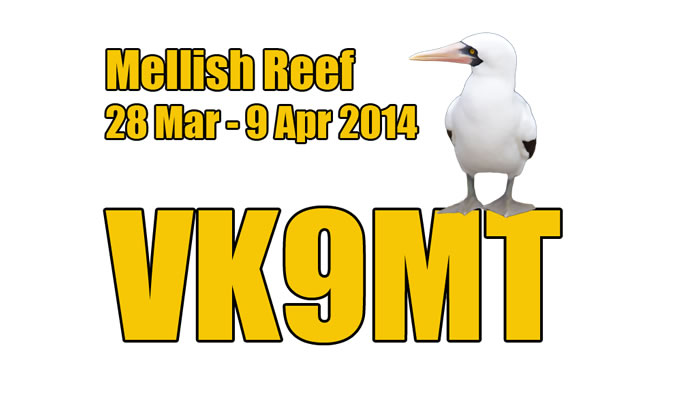




http://vk9mt.com/
https://www.facebook.com/vk9mt
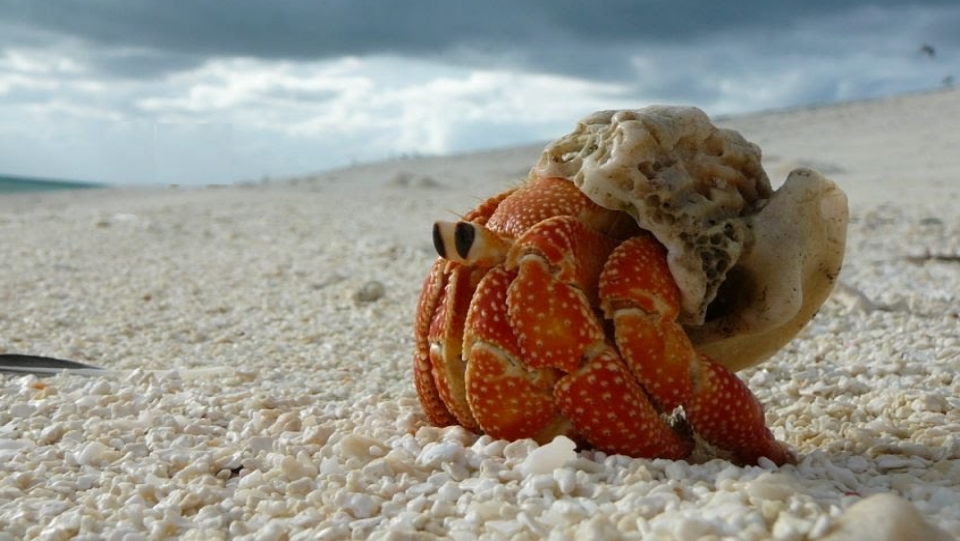
Mellish Reef
CQ Zone: 30
IOTA: OC-072
Locator: QH72wo
Of all the reefs in the Coral Sea that fall under Australian jurisdiction Mellish Reef is the most distant, being located approximately 1150km NNE of Brisbane the capital city of Queensland, 1080km East of Cairns, and 1100km West of Port Vila the capital of Vanuatu.
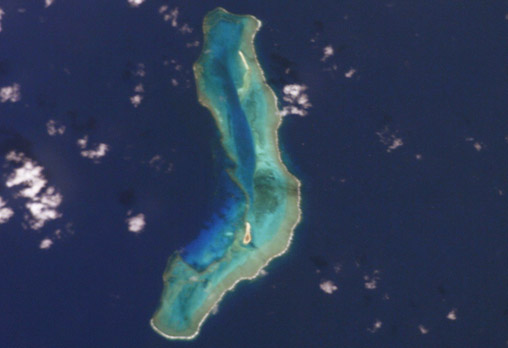 Mellish Reef takes the form of an unusual boomerang-shaped platform around 10 km in length and 3 km across. The surrounding reefs, which enclose a narrow lagoon, are completely submerged or awash at high tide. Near the centre of the lagoon is the only permanent land of the reef — Heralds-Beacon Islet. The island is a small cay measuring 600 m by 120 m, only rising a few meters above the high water mark. It is composed largely of sand, shingle and coral rubble. In the north is a narrow and elongate drying sand bar.
Mellish Reef takes the form of an unusual boomerang-shaped platform around 10 km in length and 3 km across. The surrounding reefs, which enclose a narrow lagoon, are completely submerged or awash at high tide. Near the centre of the lagoon is the only permanent land of the reef — Heralds-Beacon Islet. The island is a small cay measuring 600 m by 120 m, only rising a few meters above the high water mark. It is composed largely of sand, shingle and coral rubble. In the north is a narrow and elongate drying sand bar.
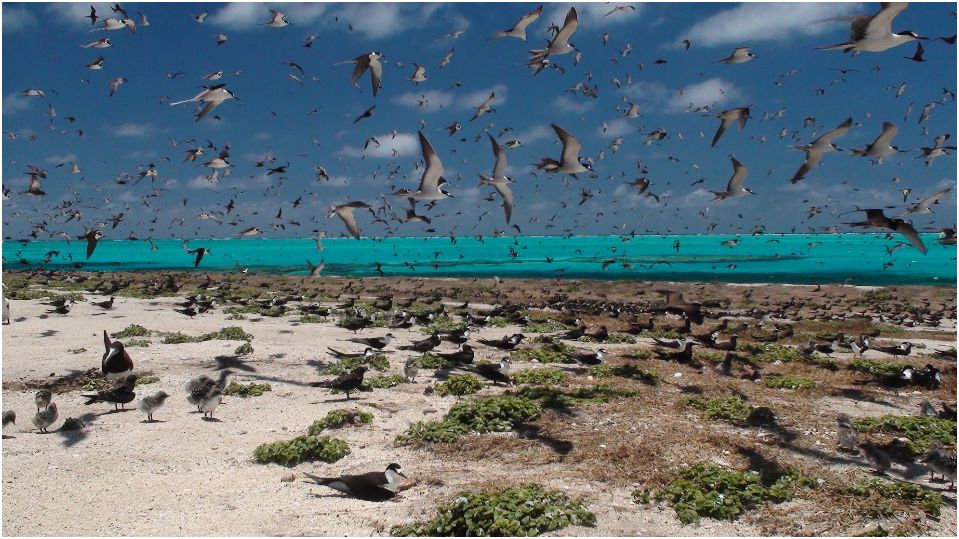 The reef is home to thousands of nesting seabirds of all species, a large population of nocturnal hermit crabs and a myriad of sand flies, ticks and lice.
The reef is home to thousands of nesting seabirds of all species, a large population of nocturnal hermit crabs and a myriad of sand flies, ticks and lice.
Prior DX-peditions from Mellish Reef include:
2009 VK9GMW
2002 VK9ML
1993 VK9MM
1989 VK9ZM
1978 VK9ZR
1972 VK9JW
References: http://oceandots.com/pacific/coralsea/mellish.php http://en.wikipedia.org/wiki/Coral_Sea_Islands
VK9MT Mellish Reef DXpedition Enjoying Good Propagation--the Heat, Not So Much
It might be April Fool’s Day, but the VK9MT Mellish Reef DXpedition team is not laughing about a station pirating its call sign.
“We heard a pirate using VK9MT during a CW pileup,” the DXpedition noted in a news update. “What more can we say?”
But “Team Mellish” is smiling about the favorable propagation, especially on the high bands. VK9MT got on the air on Saturday, March 29. The 10 operators are active on 160 through 10 meters on CW, SSB, and RTTY.
“We are getting into what will be our routine for the remainder of the operation,” the group announced. “The team members are in good spirits, handling their maintenance tasks and operating during their assigned shifts.” VK9MT expects to be on the air around the clock.
The DXpedition team has asked SSB operators not to call continuously. “Sending your call once or twice when the op calls QRZ is sufficient,” the group said. On CW, “Do not send your call sign multiple times after being called.” In other words, listen, and follow the operator’s instructions. The team also asked for patience within the pileup, when operators stand by for Australian stations. “Australia is our host country, yet its ops have great difficulty breaking through the pileup because of their proximity to Mellish Reef,” the DXpedition said. “Sometimes people don't understand this and cause deliberate QRM. This behavior will not be tolerated, if jamming occurs the op will QRT.”
The DXpedition team said weather “continues to be a challenge,” with daytime temperatures peaking in the 30° C (86° F) range. “And the wind never stops. We spend time every day repairing antennas and resetting guy stakes. The island is a big sandbar and sinking a guy anchor into a solid base isn't possible.”
The team’s vessel is anchored 500 meters outside the dangerous coral reef; trips to and from the boat only take place during daylight hours. There are no trees and no shade, and the DXpedition reported that sea birds nesting on the island do not seem to be bothered by their presence.
The operators will not communicate via e-mail during their 10 day stay on Mellish Reef, which is located some 1150 kilometers north-northeast of Brisbane, Australia. A pilot team is in place to manage all communication between the island team and DXers. An online log is available. The DXpedition has spelled out itsQSL policy on its website.
Last activated in 2009, Mellish Reef is number 22 on ClubLog’s most recent mixed-mode DXCC Most Wanted List. This email address is being protected from spambots. You need JavaScript enabled to view it." style="margin: 0px; padding: 0px; border: 0px; outline: 0px; vertical-align: baseline; cursor: pointer; color: #4466bb; background: transparent;">Contact the DXpedition via e-mail. The DXpedition also has a Facebook page.
